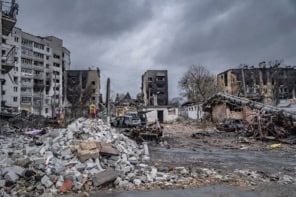The vast majority of seismologists would agree that we are still a long way from being able to pinpoint the time and location of the next significant earthquake. A more modest approach is to produce “earthquake forecasts”, which assign probabilities to an earthquake striking within a given time and region. The principle of this approach is discussed in this video interview with Aldo Zollo of the University of Naples, Federico II in Italy.
“Earthquake forecasting is feasible and it is applied worldwide,” says Zollo. “It helps local administrators, scientists and civil-protection managers to deal with their preparedness for the earthquakes, and to educate people to be prepared for the next earthquake.”
Zollo also talks about the importance of earthquake early-warning systems – operational in countries including Japan, Mexico and Taiwan. Depending on where an earthquake strikes, these systems can provide a warning of up to a few tens of seconds before strong shaking occurs in built-up areas. This might not seem very long but it is enough to allow automated processes to be triggered, such as the slowing down of high-speed trains or the switch-off of equipment in chemical plants.
The Italian researcher’s career in seismology was triggered by his personal experience of an earthquake. Zollo recounts the day in 1980 when, as a physics student living in the Apennines, he returned home one day to find his house damaged by an earthquake. His inability to explain the event to his distressed neighbours left a marked impression on the young Zollo.
This interview was filmed in San Francisco at the 2011 Fall Meeting of the American Geophysical Union.



